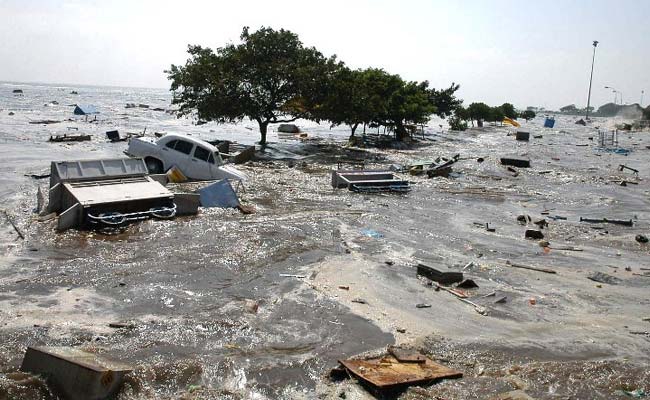
The drill in 10 states and union territories will last more than 15 hours.
Quick Take
Summary is AI generated, newsroom reviewed.
Drill will be conducted in 10 states and union territories for 15 hours
Bulletins and warnings will be issued to people in coastal villages
Tomorrow earthquake of 9 magnitude will be simulated in the Makran Trench
A tsunami triggered by an earthquake that big will hit the Andaman and Nicobar Islands and the whole of India's east coast, including Chennai.
In today's drill, coordinated by UNESCO, Indian authorities will practice evacuating 40,000 people from the coast in less than three hours, the time that a tsunami emerging from the Indonesia region will take to hit India.
The drill in 10 states and union territories will last more than 15 hours. The Ministry of Home Affairs, Ministry of Earth Sciences, The National Disaster Management Authority and the local district administrations of coastal districts are participating.
Bulletins and warnings will be issued to people in coastal villages. They are being informed and active evacuation has been conducted in Anadaman and Nicobar islands.
The drill continues tomorrow; an earthquake of 9 magnitude will be simulated in the Makran Trench, south of Iran and Pakistan. India's west coast, including Mumbai, will be in the path of a tsunami caused by such an earthquake.
India's response mechanism is being tested. The earthquakes are being recorded by the high-tech Indian Tsunami Early Warning Center in Hyderabad and within 10 minutes, the government has to issue its first advisory.
A tsunami is usually triggered by a massive earthquake, landslide or even a volcanic explosion under the sea. The energy released by these geological events travels in the form a wave over long distances, causing massive damage in shallow coastal belts.
Most of India's 7,500 km coast is at risk and mock drills like these help keep the systems well-oiled to handle real emergencies.
The Tsunami Warning Network was established after the devastating 2004 tsunami that killed more than 3 lakh people in the Indian Ocean region. It was triggered by a 9.3 magnitude earthquake in Indonesia.

A devastating tsunami in 2004 killed more than 3 lakh people in the Indian Ocean region. (File photo)
Since 2007, the Tsunami warning center has issued 8 real tsunami advisories and SC Shenoi, its director, says "no false warnings have been issued till date."
The Pacific Tsunami Warning Center run by Pacific Rim countries has issued many false warnings, eroding people's confidence in the system.
India's nuclear plants, including Kalpakkam, Kudankulam and Tarapur which can be affected by a tsunami, will not participate in today's mock drills, said Mr Shenoi.
The 2011 nuclear accident at Japan's Fukushima was set in motion when a massive tsunami had hit the atomic plant. There has been heightened global concern on coastal atomic installations since.
Track Latest News Live on NDTV.com and get news updates from India and around the world

